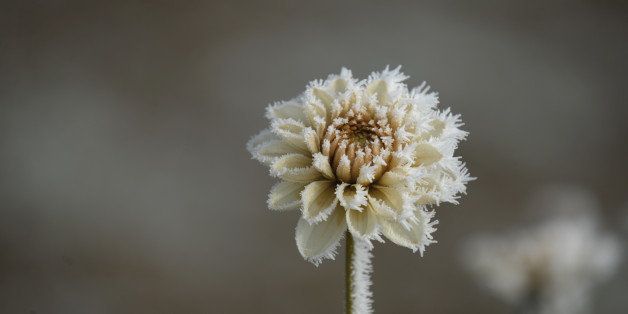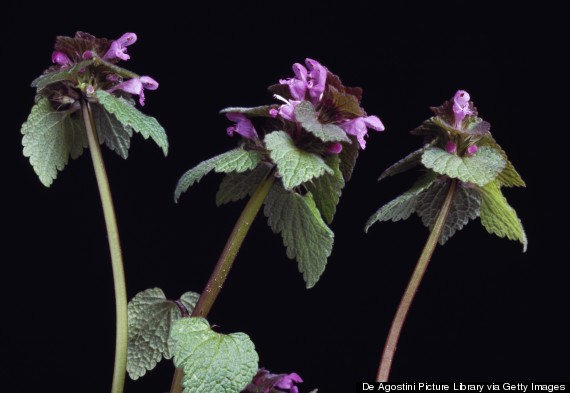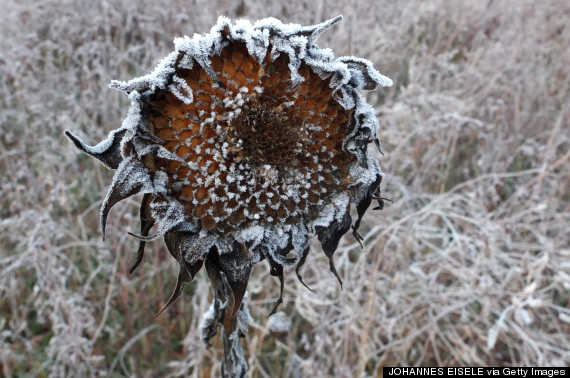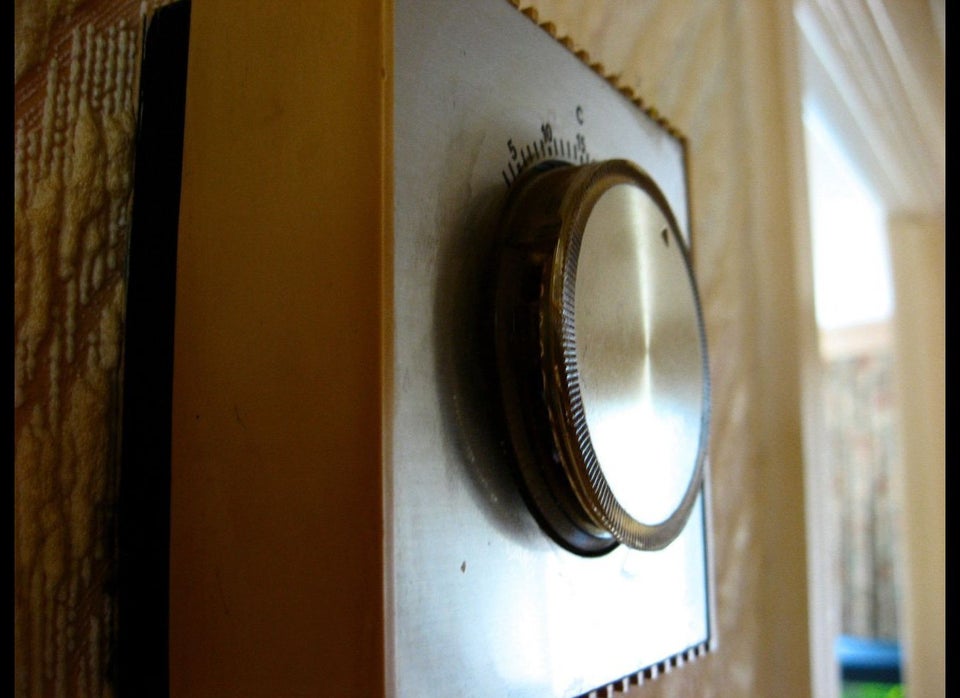
With the arrival of spring — at least on the calendar, even in places where snow has barely melted — one of the first outdoor chores for home gardeners is to assess winter damage to their gardens. Some plants will no doubt have mushy or brittle stems, discolored leaves, or burned buds, leading many to ask: Is that plant dead?
Looks can be deceiving. Just because stems and foliage are unsightly doesn’t mean the entire plant is kaput.
So, how can you tell if you lost the plant during what for many has been an exceptionally harsh winter? How do you nurse winter-damaged plants back to health? How do you decide if severely damage plants are worth the effort to save?
You need to check their vital signs. To help you do that, we’ve prepared the checklist below. It will help you answer all of these questions.
Is this plant dead?
The initial order of business is patience. The unusually harsh winter of 2013-2014 seems to be lingering in many places, and plants may be slower than usual to bud out. Also, various plants will break dormancy at different times and on their own schedule, not yours! Don’t give up too soon – especially on rare specimens or sentimental favorites.
In looking for a plant’s vital signs, the first things to examine are the flower and leaf buds. Try these simple tests:
The fingernail test
Scratch a tiny portion of bark with a fingernail. If the scratch reveals green tissue, the stem is alive. Brown tissue means that portion of the stem is dead.
The bend-but-don’t-break test
Gently bend the stem around a finger. If the stem is pliable, it is alive. If it snaps, it’s dead at that point. Keep working your way down the stem until it doesn’t break.
The good bud/bad bud test
Look at leaf and flower buds. Plump buds that are beginning to swell mean the stem survived the winter. If buds look withered, limp and off-color (brown or black), pull one off and smush it between a thumb and finger. If it flakes, it’s dead. Keep looking down the stem for live buds.
“Be aware that while these tests are good indicators of plant health and can be performed at any time of the year, they are not foolproof,” said Jamie Blackburn, a certified arborist with Arborguard Tree Specialists in Atlanta. “A plant could still be alive but on its way out.”
What to do when part of the stem is dead
If you find that you have dead growth at the top of the stems, cut the stems back to the first visible green growth. If no new growth is visible, a rule of thumb is to cut the stems back a third of their length at a time until you find green tissue.
“Don’t prune plants too early, though,” advised Blackburn. “If you prune too early and there is a late freeze, the plant can suffer even more damage."
In deciding on that timing, Blackburn advised that it is generally safe to prune about two to three weeks before the last frost date, since you are less likely to experience a damaging frost at that point. For an estimate of when that date will be in your area, see the Old Farmer’s Almanac list of frost dates, which is searchable by city or ZIP code.

Why some parts of the stem flower and other parts don’t
It’s important to remember that continual snow cover can act as an insulator and protect stems and buds from cold, Blackburn said. A good example is forsythia (pictured right).
“Wood on forsythia above the snow line can be alive but the flower buds on that live wood may have died from the cold,” Blackburn said. “Below the snow line the flower buds can be alive. That’s why when the snow melts, northern gardeners may see the bottom portion of forsythia branches bloom but the top portion of the branches have no flowers.”
What to do when only the roots are still alive
In cases where you do not find any living (green) tissue anywhere in the stem, cut the stems back so that only about two inches of stem remain above the ground. Do not take this drastic step, though, until other plants have leafed out and it’s obvious that the stems on this plant are not going to produce new growth. Once you’ve cut the stems back, you’ll just have to wait and see if the roots re-sucker and send up new stems.
As a last resort, or if a straggly plant is leaving an unsightly “hole” in your garden, you may want to dig the plant up and move it to another area and plant it in the ground or place it in a pot. You’ll have to be careful if you take this route, Blackburn said. “Anytime you dig up a plant you risk damaging the roots.”
If you decide to transplant, move the plant to an area where it will only receive half the sunlight it has been receiving, or where it will get just indirect light. Water it only when the soil is dry to the touch; with a significant loss of stems and leaves, the plant’s water needs will be greatly reduced. However, be careful to not let the soil dry out completely as this will only increase the stress.
If you opt to put the plant in a pot, Blackburn said to be aware that plant roots are typically 1-2 plant zones less hardy than the plant’s hardiness zone classification, which is actually for the above-ground portion of the plant. So, he said, for a root-above-ground situation, just be sure to put the pot in a protected situation if you are gong to leave it in the pot though the next winter, Blackburn said.
This is also something he said that Northern gardeners should especially remember when they are selecting plants for placement in porch or patio pots where the plants will remain outdoors year-round.
“If you are in Zone 6, for example,” he said, “you should buy plants for outdoor pots rated to Zone 5 or lower. It’s better to be safe than sorry with permanent container plants!”
You can find your USDA plant hardiness zone online here.

- How badly is it damaged?
- How long will it take to recover and be truly attractive again?
- Is it an inexpensive, commonly available plant?
- Is it a rare or unusual specimen?
The toughest situation of all may be if it’s a plant you treasure for sentimental reasons because someone special in your life gave it to you.
Fortunately, there’s no right or wrong answer to any of these questions. Only you can decide how much the plant means to you and how much time and effort you are willing to invest in nursing it back to health.
Preserving your plants
Fertilizing
Stop fertilizing around early summer, Blackburn advises. Using nitrogen in late summer or early fall can encourage rampant new growth. Soft growth late in the season is especially susceptible to winter damage.
Pruning
The best time to prune is late winter or early spring, Blackburn said. While it may be tempting to prune in the fall, this can encourage new growth. It’s OK to deadhead blooms then he said, but cautioned about being overly aggressive and cutting into green tissue. “This will reduce bud break in spring,” he said.
Hollow stems
Plants with hollow stems (a white, pithy area in the center of the stem) are especially susceptible to severe damage if pruned in the winter or before a late winter/early spring freeze. The problem is that water can travel down the stem to the crown of the plant and freeze the stem and the crown, which can be the kiss of death for a plant. Plants with hollow stems include many in the mint family, American beauty berry and butterfly bushes.
Root hardy
Remember that roots are 1-2 zones less hardy than the USDA hardiness zone status on plant labels.
